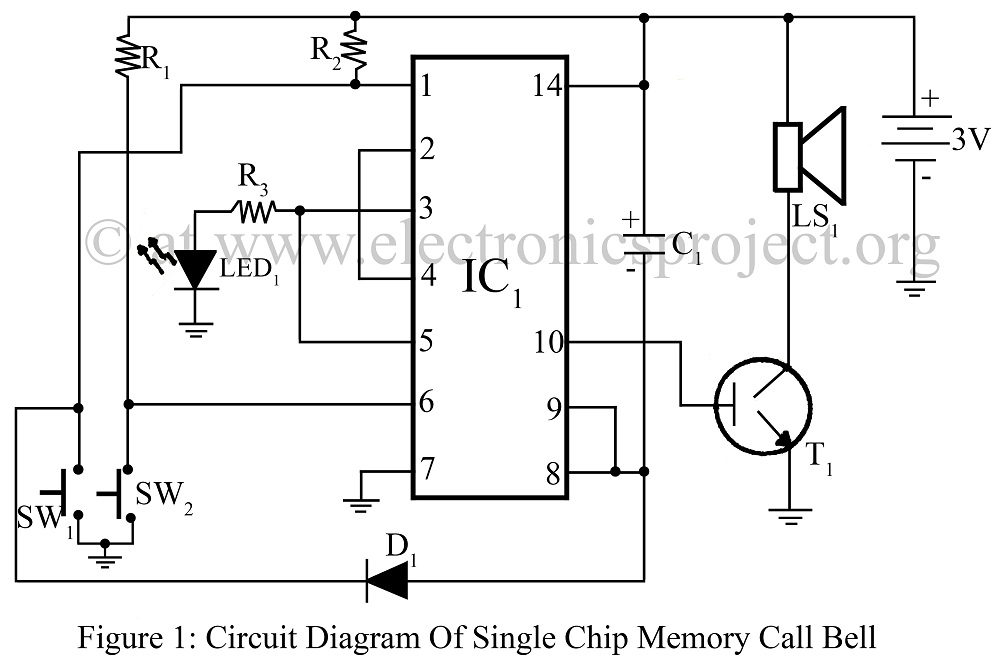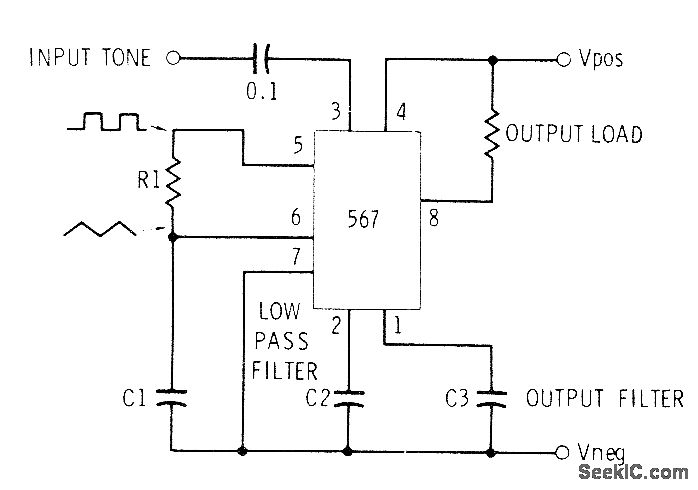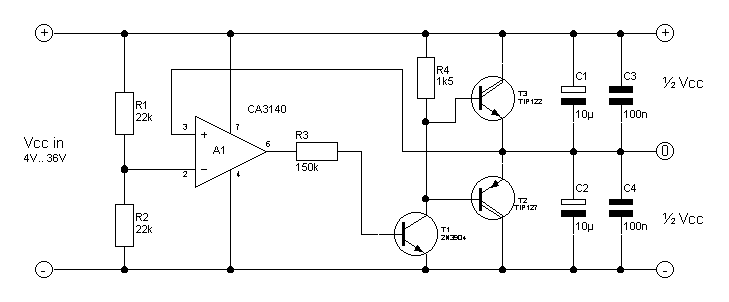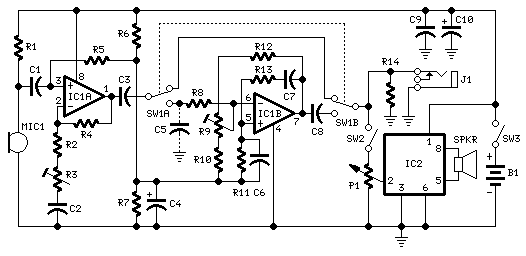
Single Chip Memory Call Bell

A single-chip memory call bell circuit utilizing a quad 2-input NAND gate (CD4011) that activates when a guest arrives in the absence of the homeowner. This circuit diagram includes various doorbell project configurations.
The single-chip memory call bell circuit is designed to provide a reliable notification system for visitors when the homeowner is not present. The core component of this system is the CD4011, which contains four independent 2-input NAND gates. The circuit leverages the NAND gates to create a memory function that retains the state of the doorbell even after the button is released, ensuring that the signal is captured and can trigger a notification.
When a guest presses the doorbell button, the circuit momentarily activates, sending a signal through the NAND gates. The arrangement of the gates is configured to form a flip-flop, which allows the circuit to maintain its state until it is reset. This memory function is crucial for ensuring that the signal is not lost immediately after the button is pressed.
In the schematic, the input from the doorbell button is connected to the first NAND gate. The output of this gate is fed into the second NAND gate, which is configured to create a feedback loop with the first gate. This feedback allows the circuit to maintain its output state even after the button is released. The output from the second NAND gate can be connected to an LED or a buzzer, providing a visual or audible indication of the guest's presence.
Additional components may include resistors and capacitors to stabilize the circuit and prevent false triggering. A power supply is also necessary to provide the required voltage to the NAND gates and any connected output devices.
Overall, this single-chip memory call bell circuit using the CD4011 NAND gate is an effective solution for doorbell applications, ensuring that homeowners are notified of visitors even in their absence.Single Chip Memory Call Bell using quad 2 input NAND gate CD4011 record when any guest come in absence of us.circuit diagram with description various doorbell project. 🔗 External reference
The single-chip memory call bell circuit is designed to provide a reliable notification system for visitors when the homeowner is not present. The core component of this system is the CD4011, which contains four independent 2-input NAND gates. The circuit leverages the NAND gates to create a memory function that retains the state of the doorbell even after the button is released, ensuring that the signal is captured and can trigger a notification.
When a guest presses the doorbell button, the circuit momentarily activates, sending a signal through the NAND gates. The arrangement of the gates is configured to form a flip-flop, which allows the circuit to maintain its state until it is reset. This memory function is crucial for ensuring that the signal is not lost immediately after the button is pressed.
In the schematic, the input from the doorbell button is connected to the first NAND gate. The output of this gate is fed into the second NAND gate, which is configured to create a feedback loop with the first gate. This feedback allows the circuit to maintain its output state even after the button is released. The output from the second NAND gate can be connected to an LED or a buzzer, providing a visual or audible indication of the guest's presence.
Additional components may include resistors and capacitors to stabilize the circuit and prevent false triggering. A power supply is also necessary to provide the required voltage to the NAND gates and any connected output devices.
Overall, this single-chip memory call bell circuit using the CD4011 NAND gate is an effective solution for doorbell applications, ensuring that homeowners are notified of visitors even in their absence.Single Chip Memory Call Bell using quad 2 input NAND gate CD4011 record when any guest come in absence of us.circuit diagram with description various doorbell project. 🔗 External reference





